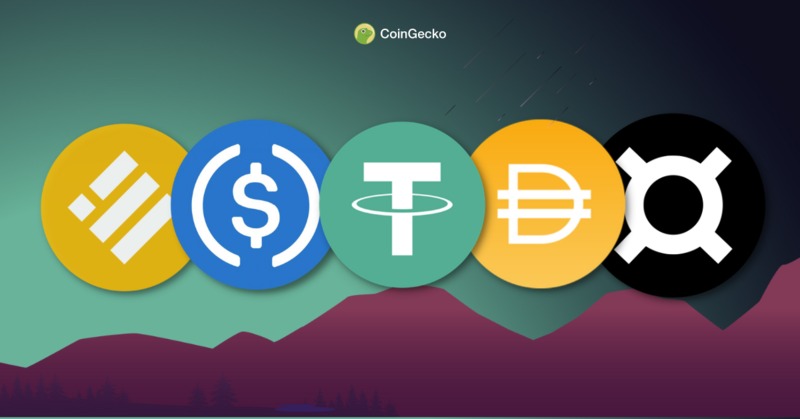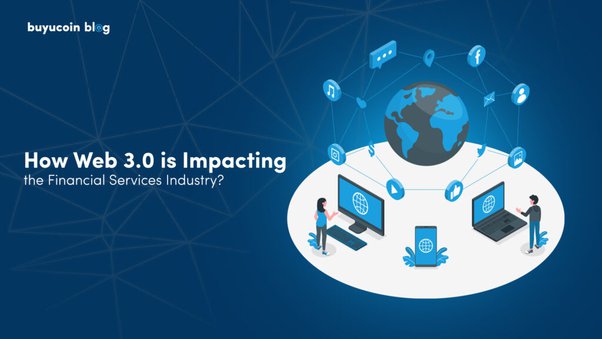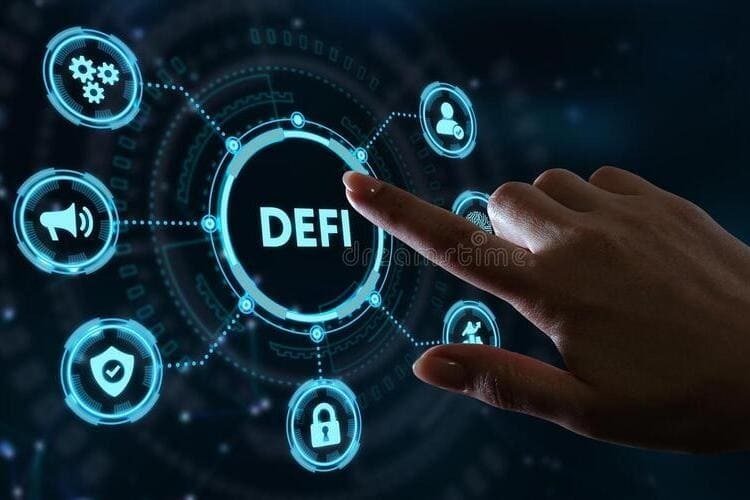Decentralized finance or DeFi is an umbrella term for financial products and services running on a decentralized network of computers.
The architecture of decentralized finance is designed to eliminate the involvement of intermediaries, which makes the entire system highly transparent. The following qualities characterize web3 in finance:
- Transparency
- Open-source software
- Permissionless operations
- Decentralized management and governance.
The decentralized system of finance functions without the intervention of a central authority. It is, therefore, accessible to everyone. With a DeFi platform, users can:
- Have complete control over their assets
- Undertake peer-to-peer exchanges and transaction
- Not just use but also create decentralized applications (dApps)
Decentralized finance or web3 in finance removes the involvement of financial intermediaries such as banks and brokerages and equips users with the following capabilities:
- Lending and borrowing funds
- Trading cryptocurrencies
- Earning interest on savings
- Buying insurance
- Trading derivatives
The critical components of DeFi
The implications of web3 in finance are profound. As mentioned above, DeFi is the financial layer of the web3 ecosystem and hence, bears great significance. But DeFi is not a discrete entity; it is a collection of different components responsible for diverse capabilities.
Here are some of the essential elements of decentralized finance in web3.
Lending and borrowing
To use traditional financial services, users must have a bank account. This is a luxury that billions of people worldwide do not currently have. Obstacles in the way of borrowing include having a good credit score and sufficient collateral to prove to banks that you are creditworthy and capable of repaying the loan.
Web3 in finance lifts any such barrier to lending and borrowing by allowing everyone to secure their digital assets to be used for obtaining loans. You can also get a return on your assets by participating in lending pools. Further, web3 in finance allows you to engage in financial activities like borrowing and lending without a bank account. You also do not need your creditworthiness checked.

Stablecoins
Cryptocurrency prices are highly volatile. To address this issue of volatility, stablecoins were created. Stablecoins are pegged to stable assets such as the USD and hence, do not undergo rapid price fluctuations. Tether or USDT was one of the first stablecoins to be created, which was centralized. The drawback with a centralized stablecoin is that its users need to trust that the USD reserves against it are fully collateralized and that they exist.
The straightforward solution to this problem in the realm of web3 in finance is decentralized stablecoins created through over-collateralization. They run on blockchains and are governed by DAOs (Decentralized Autonomous Organizations). Thus, their reserves can be publicly audited.
Decentralized exchanges (DEXs)
Crypto exchanges facilitate the exchange of one cryptocurrency for another. Some of the most popular crypto exchanges out there include Coinbase and Binance. But the problem with these crypto exchanges is that they are centralized and serve as not just intermediaries but also custodians of the traded assets.
This doesn’t align with the idea of web3 in finance, as users have minimal control over their assets which could put them at risk if the platform is hacked or other issues arise. Decentralized exchanges, or DEXs, stand to resolve this problem by facilitating the exchange of cryptocurrencies without users having to give up the custody of their assets.
Derivatives
Derivatives refer to contracts with values derived from underlying assets. It is not surprising that derivatives are fast becoming popular in the world of web3 in finance, given the established popularity of derivative contracts within the traditional financial system.
Besides, it is a fact that any growing financial market with risks and opportunities for speculation tends to create scopes for derivatives. It is also worth noting that the rate of innovation in the derivative market is correlated with the pace of the underlying market’s development. CeFi markets and the derivatives they create are tightly regulated and have taken years to develop.
Interestingly, derivatives in the world of web3 in finance are used the same way as traditional derivatives. Decentralized derivatives, however, can be created in an open and permissionless manner and without restrictions.
Although DeFi derivatives are still nascent, they are growing at a rate comparable to other crypto assets. Some essential DeFi derivative protocols include Synthetix, Hegic, UMA, Opyn, BarnBridge, dYdX, and Perpetual.

Fund management
Web3 in finance has empowered the general public to be their asset managers, enabling them to make investment decisions that best suit them. Fund management involves overseeing your assets, including cash flow management, to ensure a return on your investment.
The two basic types of DeFi fund management are passive and active fund management. Active management of funds consists of a team of investment decision makers who aim to outperform the market compared to a specific benchmark or index such as the Standard & Poor’s 500 Index.
Passive portfolio management involves mimicking a particular index’s investment holdings to achieve similar results. It is worth noting that the level of transparency that web3 in finance offers makes it easy for users to see how their funds are managed.
Payments
One of the most critical roles that cryptos play is facilitating the transfer of value between two parties in a trustless and decentralized way. With the emergence of web3 in finance, innovative payment methods are being devised. It is worth noting that most peer-to-peer payments take place via decentralized applications or dApps, which facilitate higher accessibility, security, and ease of use.
Since web3 in finance offers an entirely encrypted and permissionless payment infrastructure, it facilitates near-instantaneous transactions without involving any intermediary such as a bank. This, in turn, eliminates the need for end users to pay these intermediaries through processing fees. Using DeFi for your payments considerably reduces risks, costs, hassle, and time to cash.
DeFi also allows organizations to make secure, scalable, and automatic payments, often with their current ERP infrastructure. This means a highly streamlined workflow and a low learning curve.
Insurance
Insurance is a policy or arrangement whereby a company guarantees compensation for specific losses, damages, and even death in exchange for a premium payment. DeFi users can opt for insurance services to protect their investment assets against various risks, such as smart contract hacks, multi-sig wallet issues, and attacks on DeFi protocols.
In traditional financial markets, a policyholder must prove that a loss has occurred and the claim for the loss is valid. Insurance companies verify the claims they receive and determine the payout based on their verification.
However, in DeFi, parametric insurance is the norm. Instead of relying on policyholders’ claims, parametric insurance pays out when the parameters outlined in the policy are met. And the instrument that facilitates parametric insurance in the world of DeFi is called a smart contract.
The smart contract describes everything from the payout amount and other insurance terms. Since smart contracts are self-executing, there is no need to file claims. Besides, the entire process can be completed quickly and more efficiently.
Smart contract-based insurance also eliminates the scope for making false claims by policyholders. Thus, with web3 in finance, the sector receives a complete overhaul and benefits insurance companies and policyholders.
Governance
We can’t talk about web3 in finance without mentioning DAOs or Decentralized Autonomous Organizations. DAOs were created to democratize decision-making in decentralized organizations and facilitate governance in the world of cryptos.
DAOs help spread power throughout an organization, aligning members’ interests and ensuring no group or individual can pursue selfish goals. DAOs are critical to all community-based initiatives, including DeFi projects.
Governance in DeFi is similar to the idea of business management and is leveraged by DeFi protocols to manage their projects. Governance tokens grant users voting power and a say in the protocol’s roadmap. Multiple toolkits and decentralized apps have also been created to support effective governance and enhance existing systems.
Source https://www.leewayhertz.com/web3-in-finance/
Disclaimer
Although the material contained in this website was prepared based on information from public and private sources that ampraider.com believes to be reliable, no representation, warranty, or undertaking, stated or implied, is given as to the accuracy of the information contained herein, and ampraider.com expressly disclaims any liability for the accuracy and completeness of the information contained in this website.

